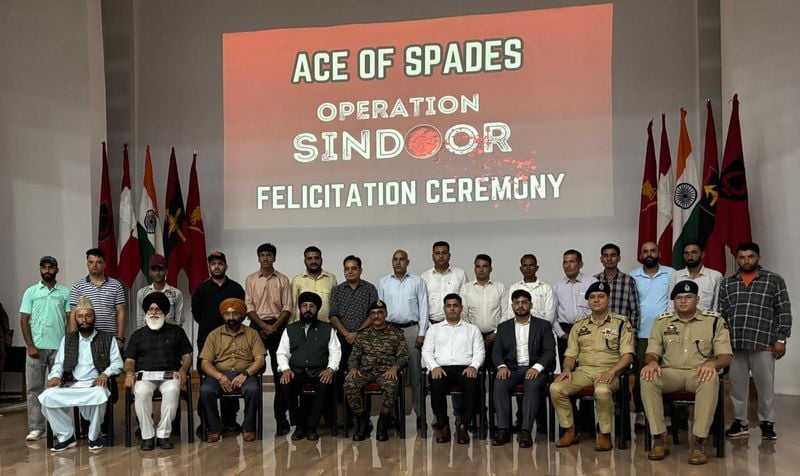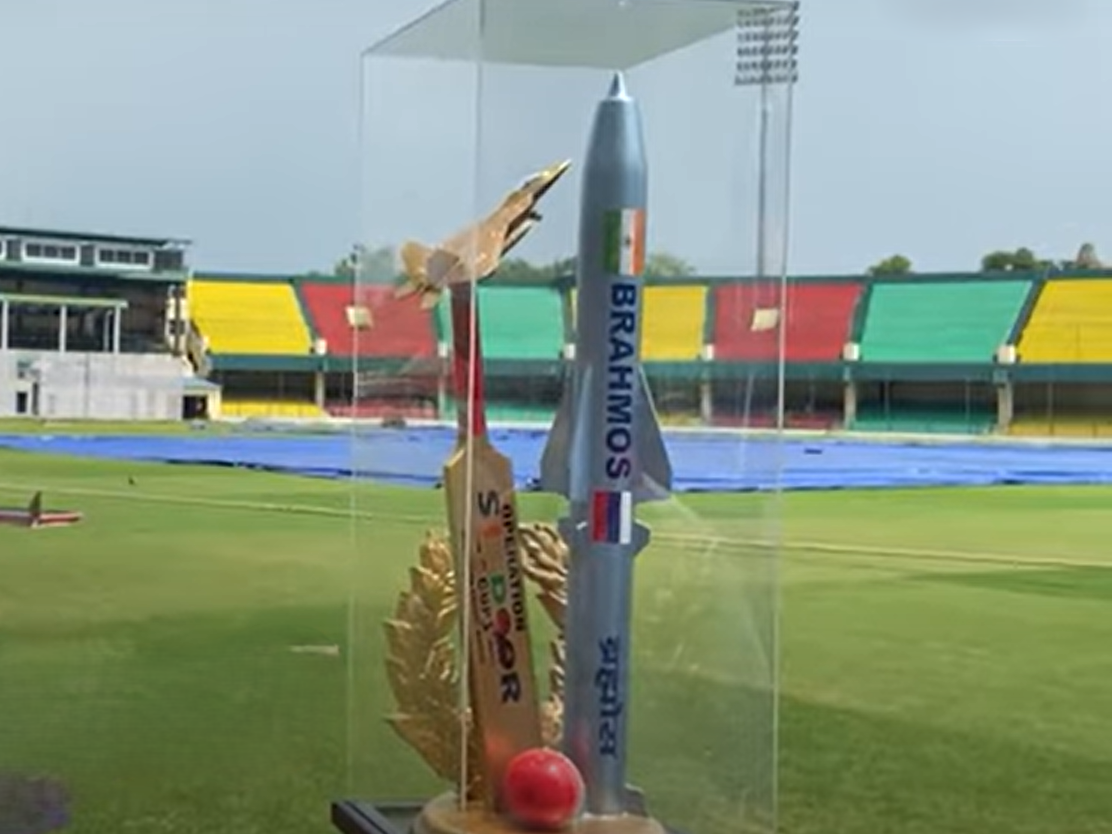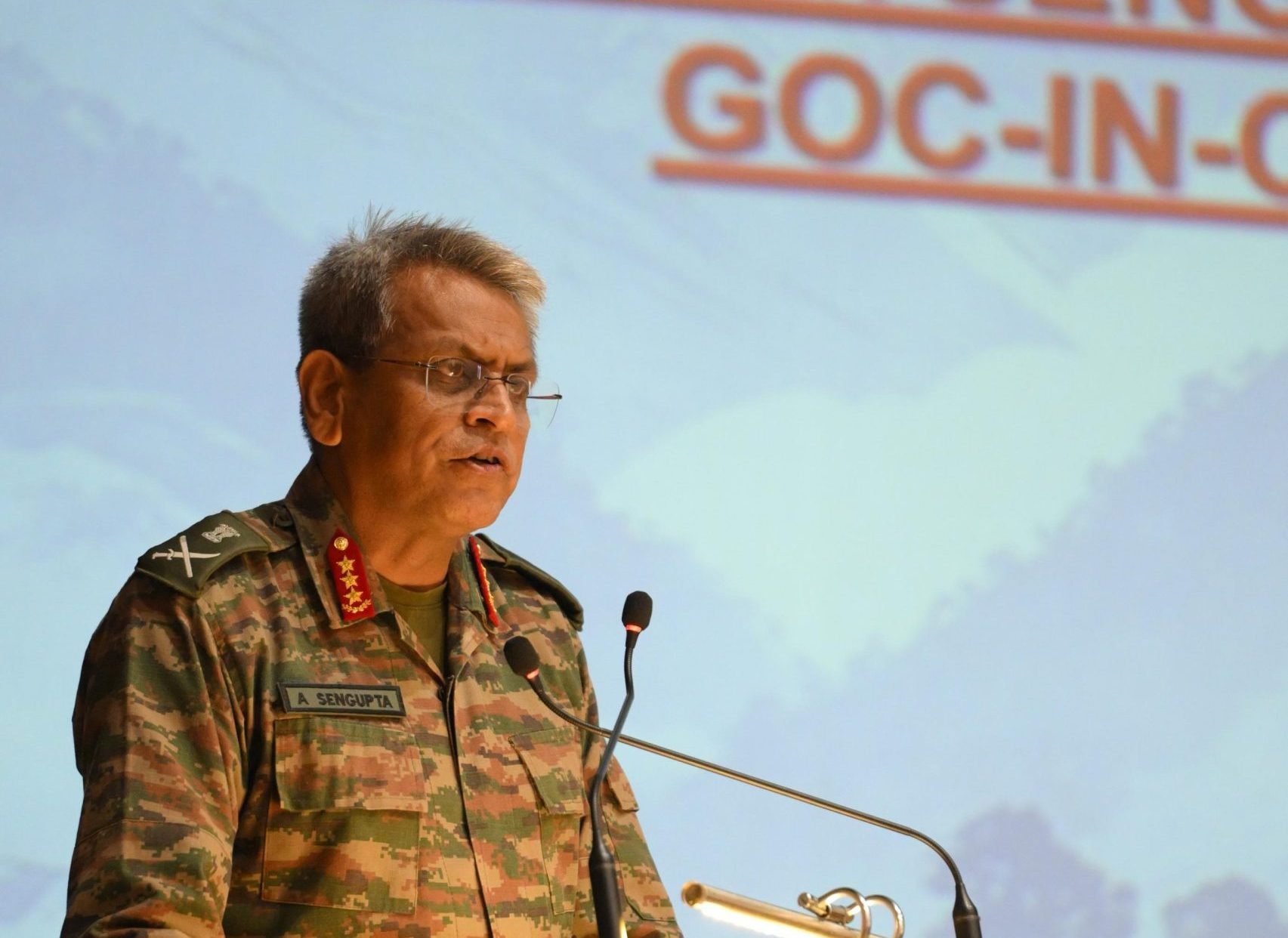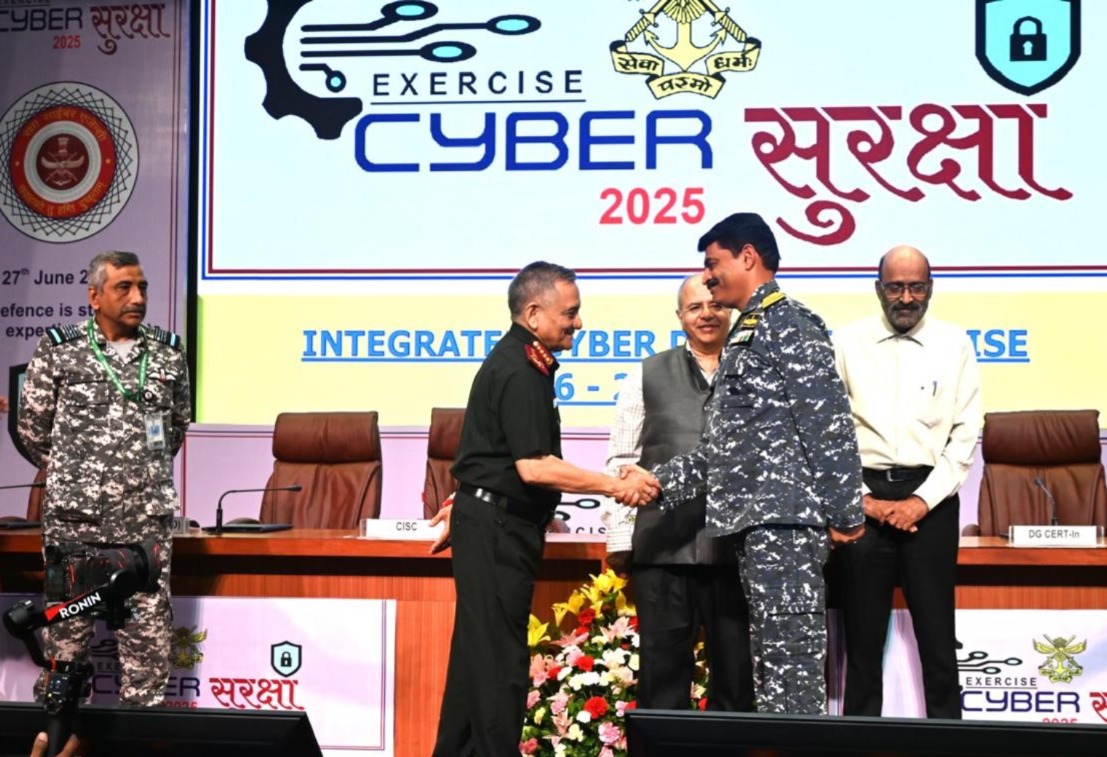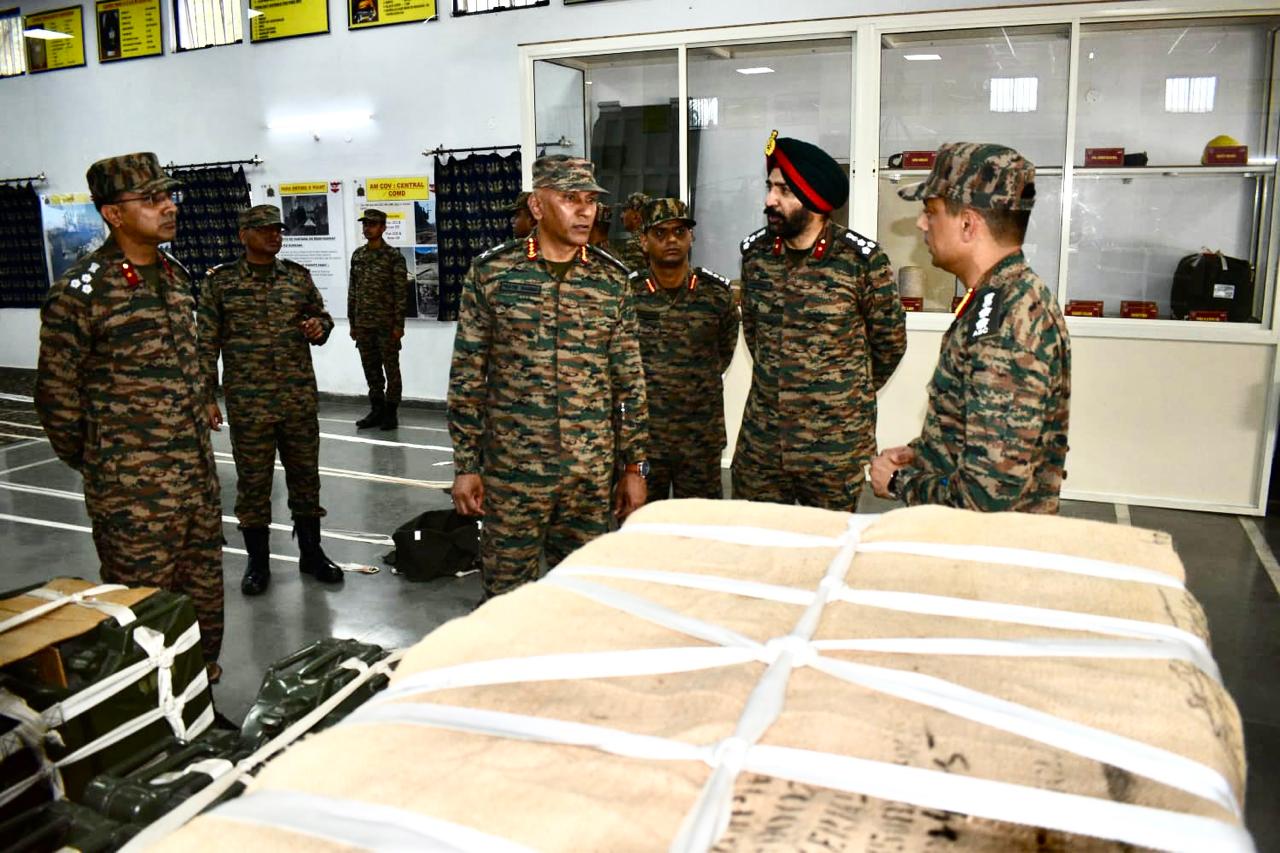Army Honours Rajouri and Poonch Civilians for Key Role in Operation Sindoor
In a heartfelt tribute to community spirit and resilience, the Indian Army’s Ace of Spades Division held a felicitation ceremony…
UP Police Launch Probe Into Cop’s Assault on Lt Col Anand Prakash Suman
The Uttar Pradesh Police have launched an investigation into a serious allegation involving a police sub-inspector allegedly assaulting a serving…
Operation Sindoor Cup: Army XI vs Parliament XI to Honor Anti-Terror Victory
The trophy for the highly anticipated Operation Sindoor Cup was officially unveiled today in Kanpur, setting the stage for a…
Indian Army Hosts Seminar on Indo-Tibetan Heritage and Border Strategy in Shimla
The Indian Army’s Central Command organized a landmark seminar titled “Interwoven Roots: Shared Indo-Tibetan Heritage” today at DANFE Hall in…
India Concludes ‘Cyber Suraksha 2025’ Exercise to Boost National Cyber Defence
India’s flagship cybersecurity drill, Exercise Cyber Suraksha 2025, wrapped up on June 27 with a high-profile closing ceremony that marked…
Lt Gen Pratik Sharma Reviews Logistics at Chandigarh, Focuses on Tech-Driven Support
Lieutenant General Pratik Sharma, Commander-in-Chief of the Indian Army’s Northern Command, conducted a high-level visit to Chandigarh on Saturday to…

